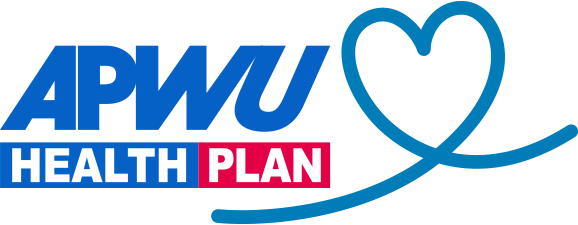Health insurance can be confusing. It isn’t always easy to understand the different costs that may be part of your health plan. Premiums, deductibles, copays, coinsurance, out-of-pocket maximums—if you’re not really sure what these terms mean, you’re not alone. Educating yourself about how health insurance works can help you plan ahead, calculate how much you may need to pay for your health care, and make the most of your health plan.
Consider your out-of-pocket costs
Most health plans have three types of out-of-pocket costs: an annual deductible, copays, and coinsurance.
- The deductible is the dollar amount you pay for covered health care services before your insurance plan starts to pay. For example, if your plan has a $1,000 deductible, you pay the first $1,000 of covered services before your insurance kicks in.Remember that most health plans today have two different deductibles, one for in-network care and a separate deductible for out-of-network care. (More on networks in a minute.)
- A copay (sometimes called a copayment) is a flat fee you pay for a covered health care service. For example, your plan may require a $25 copay if you go to your doctor when you’re sick or fill a prescription. You almost always pay a copay at the time of service.
- Coinsurance is your share of the cost of a covered health care service after you reach your annual deductible. It’s usually calculated as a percent. Let’s say you visit the doctor after you’ve reached your annual deductible, and the cost of the visit is $100. If your plan’s coinsurance is 20 percent, you’ll pay $20, and your insurance will pay the rest.With coinsurance, the health care provider will usually send you a bill, and you’ll pay the doctor or clinic directly. You’ll also receive an explanation of benefits (EOB) from your health plan that describes the charges you’re responsible for.
So, in general, a copay is what you pay up front, while coinsurance is what you pay later.
Added together, the annual deductible, copays, and coinsurance make up your out-of-pocket maximum, the total amount you could pay for covered health care during the year. You need to keep all of these things in mind as you calculate your true out-of-pocket costs.
Premiums are part of the cost of health insurance
We tend to focus on premiums when shopping for a health plan, but the plan with the lowest monthly premium may not always be right for you. Why? Because you need to think about your total out-of-pocket costs when choosing a plan.
A premium is a dollar amount you pay for your health coverage, usually monthly or biweekly. If you get your insurance through your employer, the premiums may be automatically deducted from your paycheck. (In some cases, employers pay a portion of the premium.)
Premiums are not included in a health insurance plan’s out-of-pocket maximum, so be sure to factor this in as you compare the costs of various health plans. For example, if your premium is $300 per month, the total for the year, $3,600, is not reflected in the out-of-pocket maximum.
Save money by staying in your plan’s network
In simple terms, a network refers to the doctors, health care providers, hospitals, and health care facilities that are part of your plan. Your health insurer has negotiated discounts with everyone in the network. For example, a doctor may charge $300 for a medical procedure on the open market, but your health insurer has negotiated a discount, so you only have to pay $200 for the same procedure.
If you receive care from an out-of-network provider, your out-of-pocket costs can be very high. Depending on your plan, your out-of-network deductible may be twice the amount of the in-network deductible. Plus, you’ll pay more for everything from routine exams and flu shots to office visits and urgent care. Some plans may not cover out-of-network care at all, unless it’s an emergency.
The bottom line: You’ll always pay less when you stay in the plan’s network. If you’re not sure that a particular doctor or facility is in the network, make a phone call. Who’s in and who’s out of the network can change, so it pays to double-check.
What’s a high-deductible health plan?
In recent years, high-deductible health plans (HDHP) have become common. An HDHP isn’t just a health plan with a high deductible. These plans let you contribute to a health savings account (HSA) and must comply with a number of federal guidelines. In general, HDHPs give you more control over how you spend and save your health care dollars.
Preventive care is covered
If you seek care when you’re sick or injured, you’ll usually have to pay something out of pocket until you reach your annual deductible. Some services may be covered at no cost to you, including annual checkups, age-appropriate screenings, other types of preventive care, and preventive medications as mandated by the Affordable Care Act. You’ll pay nothing for these services—no copay nor coinsurance—as long as you stay in your network.
Know the cost of care
Health insurance is less confusing when you understand the different costs that are part of your health plan. Educating yourself about how health insurance works is an important part of being a smart health care consumer.







